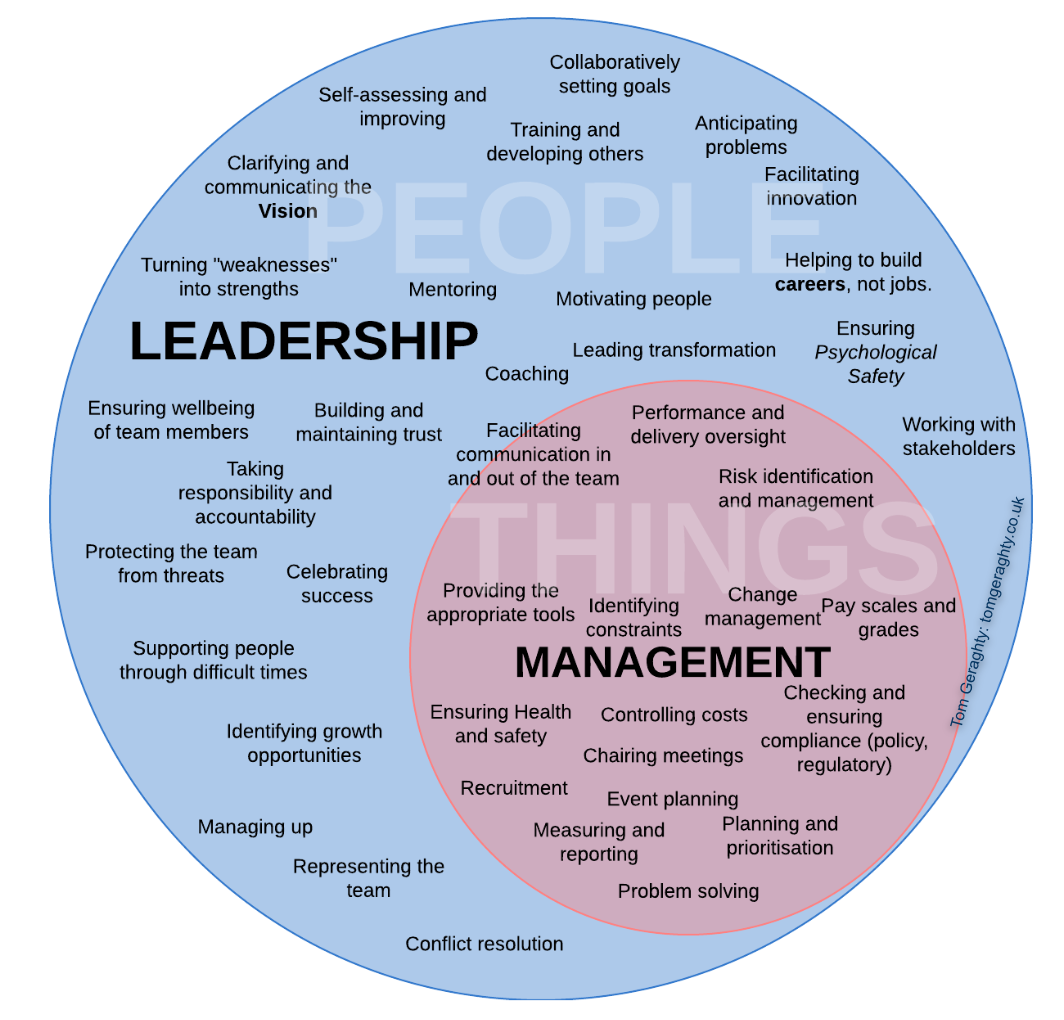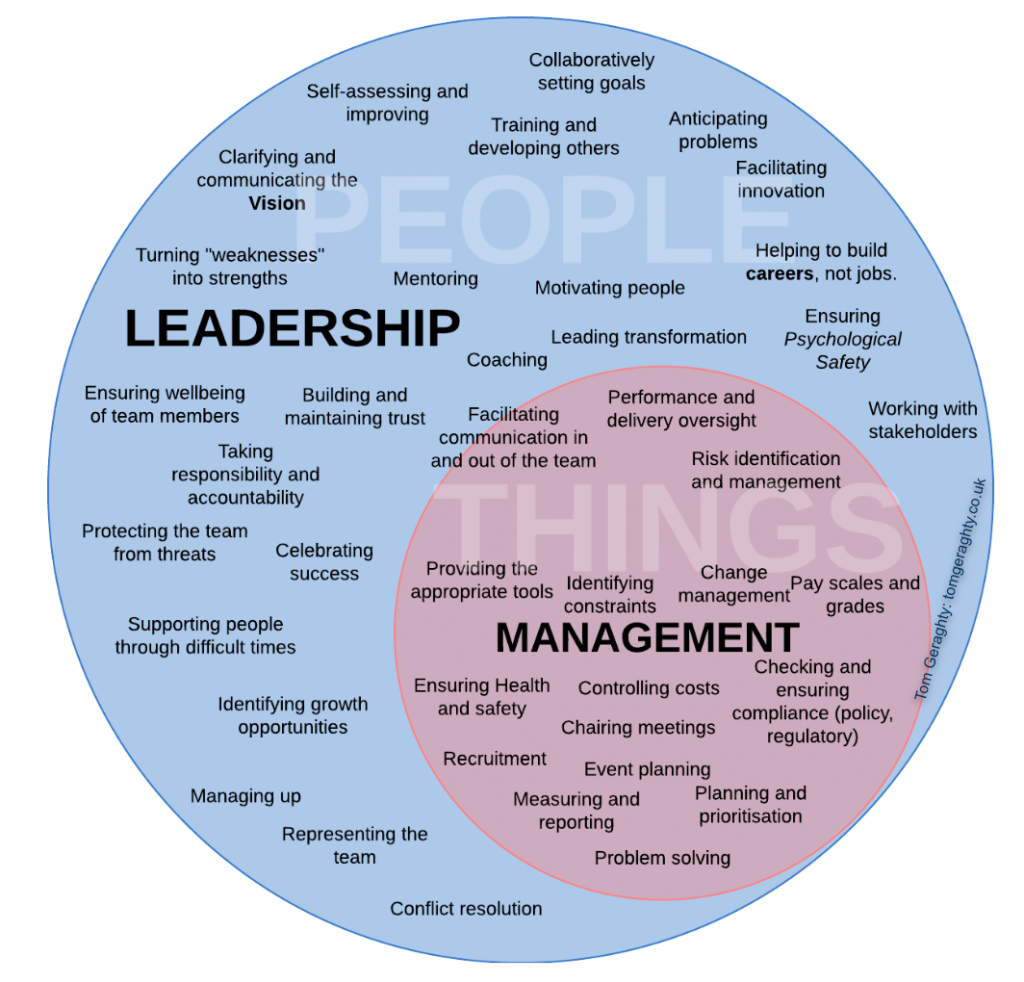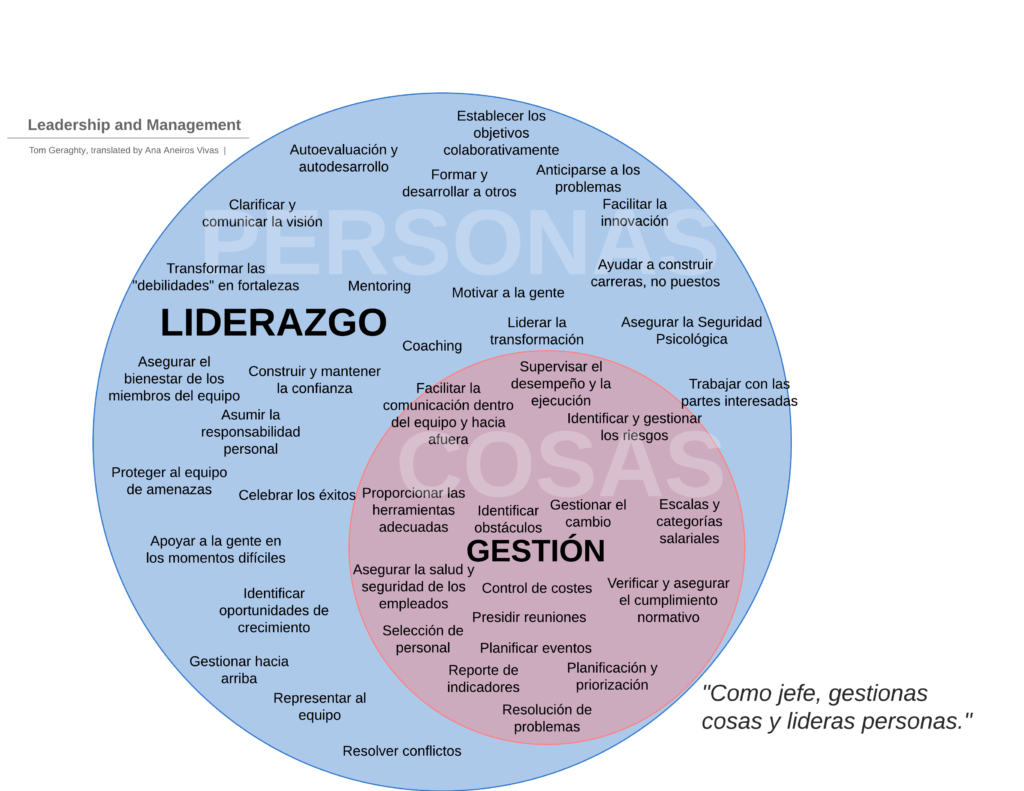The 2023 “Accelerate State of DevOps Report” has provided several substantial insights. Here are the four main takeaways, delved into with more detail:
Burnout and the Underrepresented:
The report has identified a worrying link: there’s a correlation between the quality of documentation work and increased burnout, especially among those who identify as underrepresented. The data suggests that these individuals might be taking on a significant portion of such tasks. Businesses need to re-evaluate work distribution mechanisms to ensure fairness and avoid undue stress on specific teams or individuals.
The Significance of Documentation:
The report doesn’t just highlight documentation as a task but underscores its pivotal role in organizational success. Effective documentation directly influences technical capabilities, team productivity, and overall performance. Businesses aiming to elevate their documentation practices can refer to resources like the Society for Technical Communications and Google’s technical writing courses. Investing time and resources in documentation isn’t just beneficial—it’s essential.
A Glimpse into Google’s SRE Approach:
As Google’s suite of products grew, there was a pressing need to scale their Site Reliability Engineering (SRE) roles. The challenge was to do so without compromising on efficiency or reliability. The report sheds light on how Google has evolved its SRE practices to meet this challenge, offering valuable lessons for businesses grappling with scalability issues.
Harnessing the Power of Cloud Computing:
The report makes it clear: it’s not just about using cloud computing, but how you use it that counts. Businesses that strategically harness flexible infrastructure see improvements across various performance metrics. Moreover, the report lists the essential characteristics of effective cloud computing, acting as a guide for organizations to maximize their cloud benefits.









